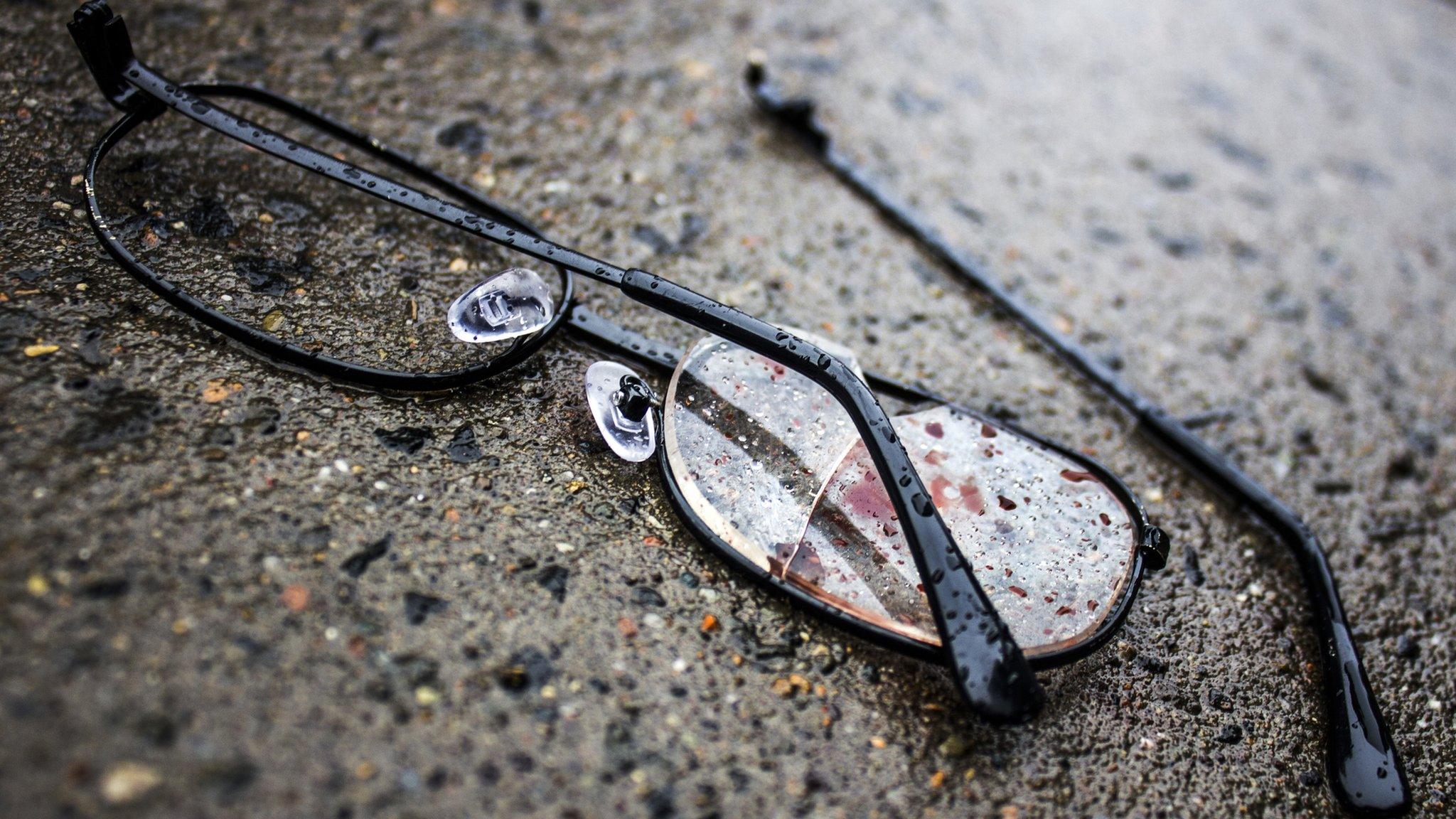Crime: Violence reduction scheme 'should be mandatory'
- Published
- comments
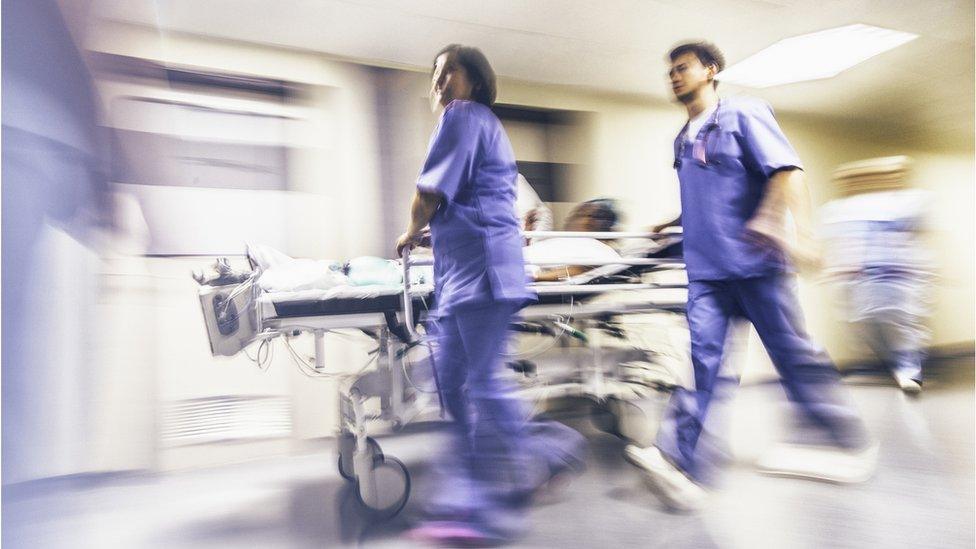
Jonathan Shepherd says the Cardiff model has resulted in a 42% drop in recorded crime
The Cardiff academic and former surgeon behind a globally recognised violence reduction scheme has said it should be mandatory in Wales.
Under the "Cardiff model", A&E units record anonymised data when someone is injured in an incident and then hand it on to police.
It became mandatory for A&E departments in England in 2017, but not in Wales.
The Welsh Government said it was assessing what information was collected from A&E departments.
Currently, the data is used by police in north and south Wales.
The Gwent force uses a similar process, and Dyfed-Powys Police said it was working towards "something similar".
Jonathan Shepherd, from Cardiff University's Crime and Security Research Institute, said the scheme - which has been adopted in parts of America, Australia and most recently in Jamaica - has resulted in violence-related hospital admissions falling by 35%, and recorded crime by 42%.
The anonymised data is given to police to show where violence occurs, including crimes not reported to the police.
"We need reassurance this is happening in all A&E departments in Wales," said Prof Shepherd.
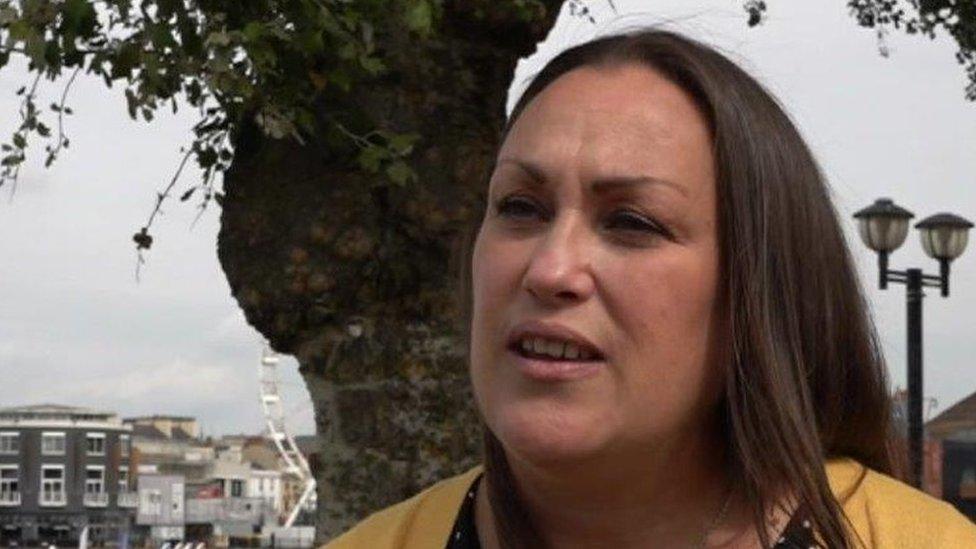
Becky Jerman from Crimestoppers said young people were scared about knife crime
What stops people reporting violent crime?
Examples of crimes victims may not report include drug gang attacks, with young people taken in by the promises of easy money before getting embroiled in violence.
Crimestoppers senior outreach worker Becky Jerman works in south east Wales on a campaign called Fearless.
The goal is to educate young people about drug gangs and exploitation, and encourage them to report crime anonymously.
"They may know the people involved or were possibly there themselves at the time... but they feel they can't report because they were there so they'll get in trouble as well."
"They fear someone will find out it was them that reported it and something will happen to them."
The charity advises young people to tell a trusted adult, and Crimestoppers has an anonymous reporting form.
"On the whole young people are scared. Sometimes when we talk to groups there's a bit of bravado... 99% of young people don't carry knives, we tell them that, not everyone carries - you don't need to."

Prof Shepherd said: "The Cardiff model was first set up in 1997. By 2014 around 60% of A&Es in England and Wales were doing this.
"Unfortunately, the evidence suggests we've lost ground since then for a number of reasons.
"The cost savings in local authorities and police forces has meant, for instance, the numbers of analysts - which are crucial in analysing the data - have been reduced."
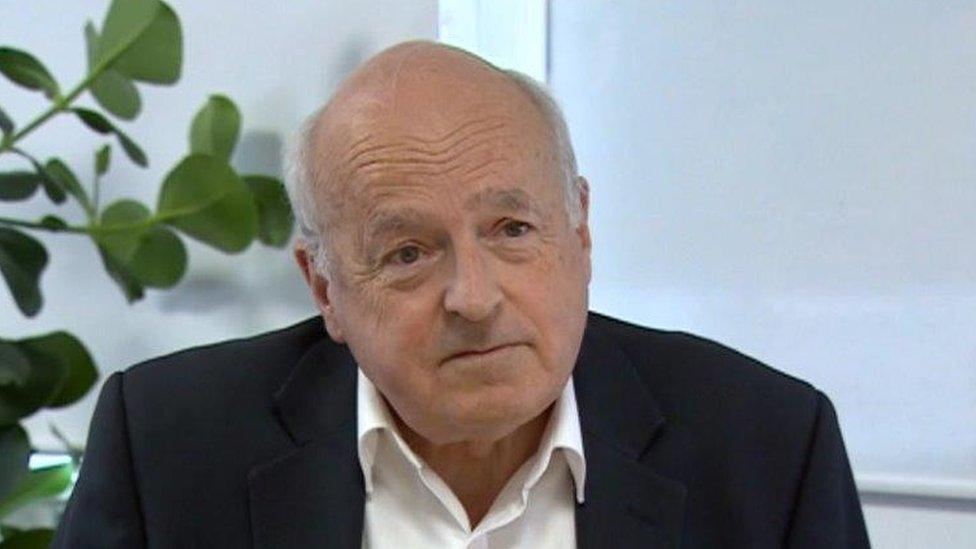
Jonathan Shepherd thinks there should be a review of the use of the scheme
Since taking office, the Police and Crime Commissioner for South Wales Alun Michael has rolled out the scheme to all A&E departments within the force area.
But he would like to see that go further, so information is shared more widely.
Mr Michael said: "If you have education, policing, youth work, what happens in local communities, what the voluntary sector does, all informed by real analysis of the causes and why things go bad, then we have got a chance to turn things around."
A Welsh Government spokesperson said: "We are in discussions with Prof Shepherd about the Cardiff model and are currently assessing what information is collected from A&E departments in Wales."

What is the Cardiff Model for Violence Prevention?
Developed in Cardiff, and launched in 1997 to fill gaps in police knowledge by anonymously gathering information at hospitals from victims of violence
Information is collected at A&Es about where people were injured, types of weapons used and the time and date
Information is shared with police and local authorities but not a patient's information
A violence prevention board brings police, health, local authorities and the voluntary sector together to devise an action plan to tackle issues
The model is used in UK cities including Glasgow and London, and around the world as far away as Sydney, Australia
- Published18 July 2019
- Published15 July 2019
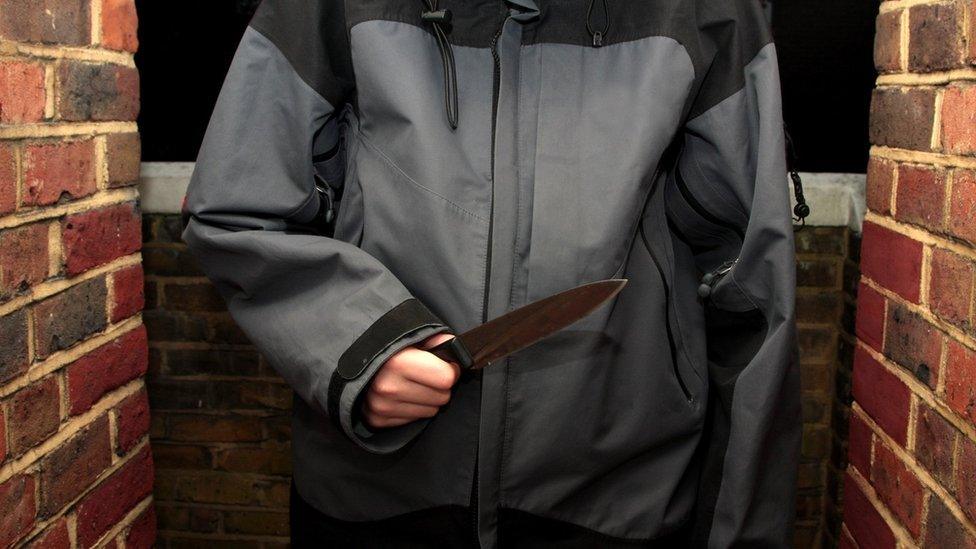
- Published24 January 2019
